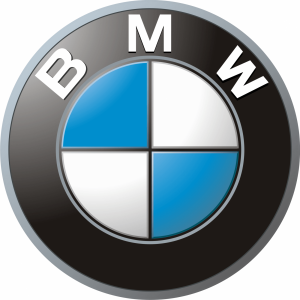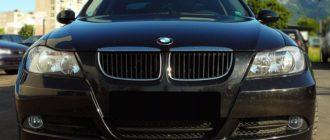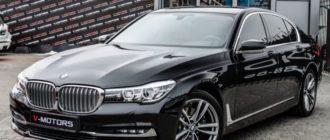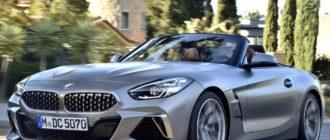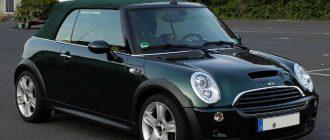- The Exterior of BMW Z4 E85
- Specifications
- Hoods
- Differences Between Pre-Restyled and Restyled BMW Z4 E85
- Common Issues Faced by BMW Z4 E85 Owners
- Fog Lighting
- Bumpers
- Interior Appearance
- Safety and Electronics
- Engines of BMW Z4 E85
- Differences Between Pre-Restyled and Restyled BMW Z4 E85
- Common Issues Faced by BMW Z4 E85 Owners
The BMW Z4 E85 with retractable roofs are known for their excellent maneuverability as sports cars. They are crafted from lightweight materials.
The Exterior of BMW Z4 E85
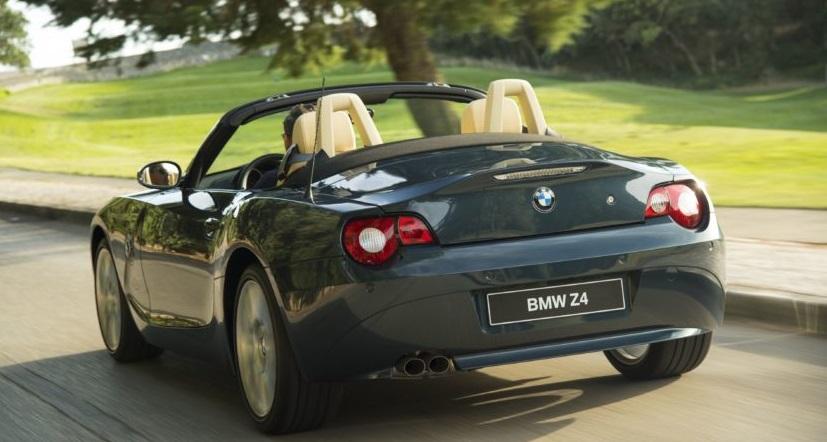
- The appearance is somewhat melancholic, enhanced by the narrow angelic headlights.
- The contours are streamlined, elegant, and powerful.
- Front bumpers feature good aerodynamics and fog lights.
- Air intakes are positioned beneath them.
- Distinctive, nostril-like radiator grilles, adding recognition to the brand.
- The sides of the car are sculpted.
- The hoods are elongated.
- Sportscars with flared wheel arches. Fitted with 17-inch steel rims. Optionally — 19-inch ones.
- The rear design includes unique rectangular-circular lighting.
- Trunks with lids and spoiler-like features for aerodynamic characteristics of sports cars. Also equipped with stop-signal repeaters.
- The rear bumpers are massive yet simple.
- A dual exhaust pipe is positioned on the left side.
Specifications
- Length — 4m 900.
- Width — 1 m 780.
- Height — 1 m 300.
- Wheelbase — 2 m 500.
- Ground clearance — 11 cm.
- Weight — 1 t 490 kg.
Hoods
Mechanical gearboxes need major repairs after 200,000 km.
Automatic ones — after 150,000 km.
The timing belt needs to be changed every 200,000 km. Restyling increased working temperatures by 8 degrees and deteriorated power units.
Mechanical gearboxes need major repairs after 200,000 km.
Automatic ones — after 150,000 km.
The timing belt needs to be changed every 200,000 km. Restyling increased working temperatures by 8 degrees and deteriorated power units.
Mechanical gearboxes need major repairs after 200,000 km.
Automatic ones — after 150,000 km.
There are no dipsticks to check oils in these cars. Electronic sensors are used. However, the electronic settings do feature dipsticks. Look for: «menu/service/oil level». After 10 minutes of engine operation, the screens in the car will display oil levels.
Combination of engines with manual and automatic transmissions, with 5 or 6 speeds. After restyling, only 6-speed transmissions remained.
Suspensions are of independent spring type. Braking mechanisms are of disc type, with the front ones being ventilated as well.
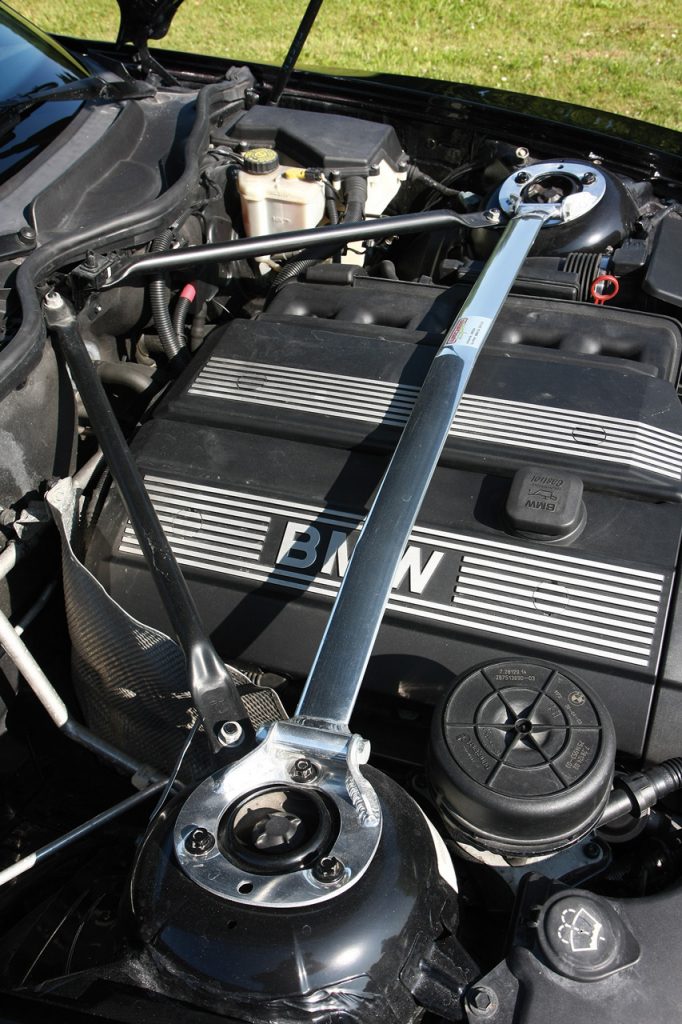
After the changes, the last engines remained due to the fact that the initial models were almost not sold. Hence, only three-liter power units remained.
Differences Between Pre-Restyled and Restyled BMW Z4 E85
- Restyling was carried out in 2006. The cars received external and internal innovations.
- This included bumpers, wheels, optics, paint, and decor. Many chrome elements were added to the interiors.
- Technical innovations affected electronics. Now, oil can be checked using electronic devices.
- Mechanisms were introduced to assist the car on steep inclines.
- Suspensions were modified.
- The 2.5i models were replaced by 2.5 si with engines No. 52V25. Roadsters with 3.0 were switched to 3.0si with No. 52V30.
- In 2006, the 3.0si coupe was introduced. Power units remained the same.
These cars were sold until spring 2009, after which E89 was released, replacing E85 and E86. The roofs of these cars became metallic.
Common Issues Faced by BMW Z4 E85 Owners
Driving in winter is rare in such cars. Hence, corrosion is not a concern. They may be involved in accidents, which is not surprising.
In such cases, owners may need to:
- Repaint;
- Replace cracked shock absorber mounts;
- Change doors, as they may become misaligned;
- Replace plastic trims with cracks.
Roadsters are prone to issues with soft roofs due to cracks in the material.
The motors that operate them are located in vulnerable areas where water can seep in. Waterproof covers are provided, but due to clogged drains in BMW Z4 E85 cars, water may not drain properly, leading to rust on components.
Side mirrors with photochromic coatings may leak, resulting in stained mirrors.
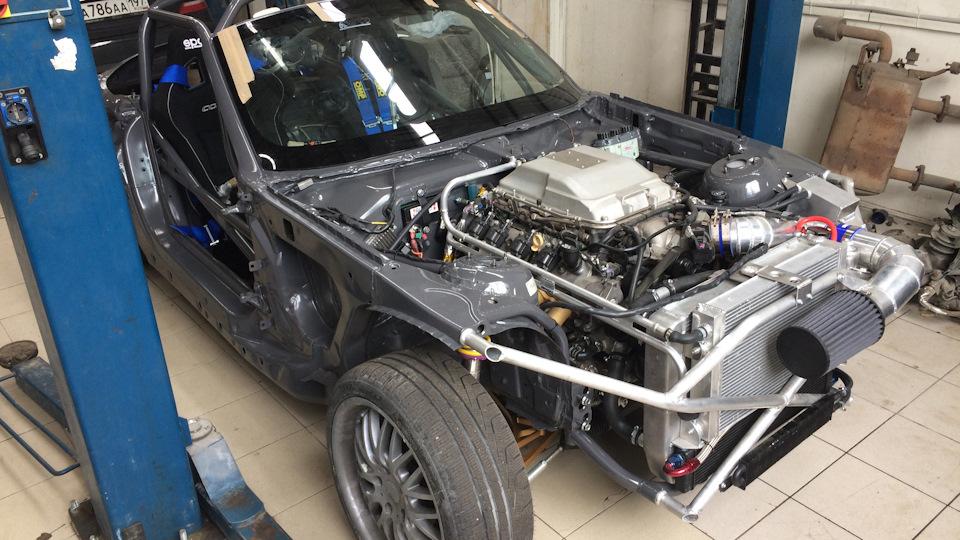


Door locks may also face issues. Repair kits are not available, so the locks must be replaced entirely.
Sandblasting can damage the optics, which then need to be replaced entirely.
Roadsters with weak wiper arms require replacement of the hinges after some time.
The engines tend to overheat, with operating temperatures reaching up to 97 degrees. This can help save fuel.
However, replacement is necessary for:
- Gaskets;
- Seals;
- Vanos rings.
Important! After 200,000 km, replacement of oil separator caps is required, as there may be excessive oil consumption.
The timing belt needs to be changed every 200,000 km. Restyling increased working temperatures by 8 degrees and deteriorated power units.
Mechanical gearboxes need major repairs after 200,000 km.
Automatic ones — after 150,000 km.
Long with smooth shapes, ensuring maximum safety. Hence, powerful engines are housed in this part of the cars.
Fog Lighting
Front bumpers with fog lights in base models. It compensates for the standard optics with small dimensions.
Bumpers
Their lower parts feature air intakes that improve aerodynamic capabilities and optimize frontal resistance coefficients.
Interior Appearance
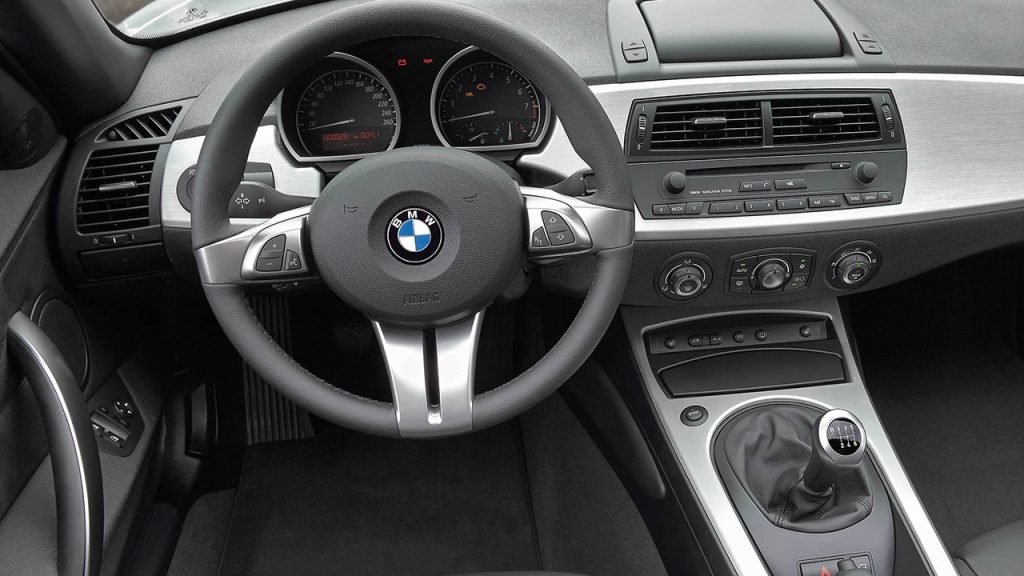

They are extraordinary:
- The decor is luxurious.
- The space is compact.
- Leather seats with armrests help to stay put during sharp turns. Optionally, they come with electric adjustments.
- Three-spoke sport steering wheels with 6 buttons for multimedia device control.
- Instrument clusters with familiar wells and analog sensors.
- High informativeness of onboard computers.
- Small and foldable screens of multimedia devices.
- Air deflector controls located below the screens in BMW Z4 E85 cars. They can be operated using buttons at the bottom.
- The climate controls are inconveniently positioned.
- Consoles:
- with hazard buttons;
- brake levers;
- gear selectors.
- Audio devices with excellent sound quality.
- Excellent assembly of the interiors.
- Trunks with a capacity of 340 liters.
Safety and Electronics
Base models are equipped with 4 safety airbags. Each deploys individually, as needed. It all depends on the situations.
Engines of BMW Z4 E85
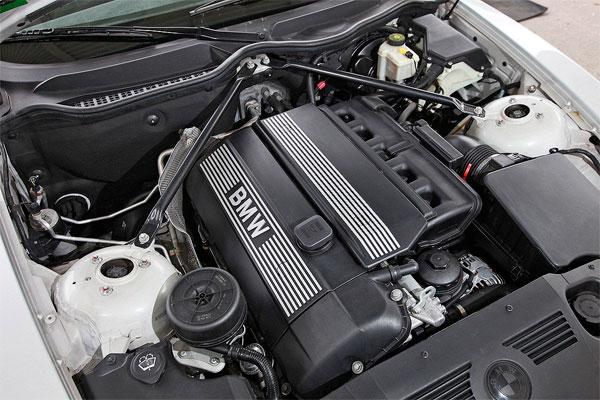

The engines are borrowed from BMW 3 and 5 series. They are petrol-driven. Before restyling, convertibles were equipped with three power units.
- The least powerful engines are two-liter, with 150 horsepower, inline, 4 cylinders, 16 valves, multi-point injection, and torque of 200 Nm. Owners used only AI 98 gasoline. Consumption: city — 10.8/highway — 5.6/combined cycle — 7.4 liters. Acceleration — 8.2 seconds. Top speed — 220 km/h.
- Engines with 2.5 liters, with 177 horsepower, torque of 230 Nm, 6 cylinders, and 24 valves. They also ran on the same type of gasoline. Consumption: city — 11.8/highway — 6.1/combined cycle — 8.2 liters. Acceleration in 7.1 seconds, with a top speed of 229 km/h.
- Powerful three-liter units, with 265 horsepower, torque of 315 Nm. Six-cylinder and 24 valves. Acceleration in 5.7 seconds, with a top speed of 250 km/h. Consumption: city — 12.6/highway — 6.3/combined cycle — 8.5 liters.
Important! Motor oils with viscosity coefficients of 0W30/40 or 5W30/40, purchase from manufacturers such as Castrol, Mobile, Shell, Red Line, Liqui Moly. In volumes from 4.25 to 6.5 liters depending on the engine models, after driving the BMW Z4 E85 for 7 to 10 thousand kilometers.
There are no dipsticks to check oils in these cars. Electronic sensors are used. However, the electronic settings do feature dipsticks. Look for: «menu/service/oil level». After 10 minutes of engine operation, the screens in the car will display oil levels.
Combination of engines with manual and automatic transmissions, with 5 or 6 speeds. After restyling, only 6-speed transmissions remained.
Suspensions are of independent spring type. Braking mechanisms are of disc type, with the front ones being ventilated as well.



After the changes, the last engines remained due to the fact that the initial models were almost not sold. Hence, only three-liter power units remained.
Differences Between Pre-Restyled and Restyled BMW Z4 E85
- Restyling was carried out in 2006. The cars received external and internal innovations.
- This included bumpers, wheels, optics, paint, and decor. Many chrome elements were added to the interiors.
- Technical innovations affected electronics. Now, oil can be checked using electronic devices.
- Mechanisms were introduced to assist the car on steep inclines.
- Suspensions were modified.
- The 2.5i models were replaced by 2.5 si with engines No. 52V25. Roadsters with 3.0 were switched to 3.0si with No. 52V30.
- In 2006, the 3.0si coupe was introduced. Power units remained the same.
These cars were sold until spring 2009, after which E89 was released, replacing E85 and E86. The roofs of these cars became metallic.
Common Issues Faced by BMW Z4 E85 Owners
Driving in winter is rare in such cars. Hence, corrosion is not a concern. They may be involved in accidents, which is not surprising.
In such cases, owners may need to:
- Repaint;
- Replace cracked shock absorber mounts;
- Change doors, as they may become misaligned;
- Replace plastic trims with cracks.
Roadsters are prone to issues with soft roofs due to cracks in the material.
The motors that operate them are located in vulnerable areas where water can seep in. Waterproof covers are provided, but due to clogged drains in BMW Z4 E85 cars, water may not drain properly, leading to rust on components.
Side mirrors with photochromic coatings may leak, resulting in stained mirrors.



Door locks may also face issues. Repair kits are not available, so the locks must be replaced entirely.
Sandblasting can damage the optics, which then need to be replaced entirely.
Roadsters with weak wiper arms require replacement of the hinges after some time.
The engines tend to overheat, with operating temperatures reaching up to 97 degrees. This can help save fuel.
However, replacement is necessary for:
- Gaskets;
- Seals;
- Vanos rings.
Important! After 200,000 km, replacement of oil separator caps is required, as there may be excessive oil consumption.
The timing belt needs to be changed every 200,000 km. Restyling increased working temperatures by 8 degrees and deteriorated power units.
Mechanical gearboxes need major repairs after 200,000 km.
Automatic ones — after 150,000 km.
